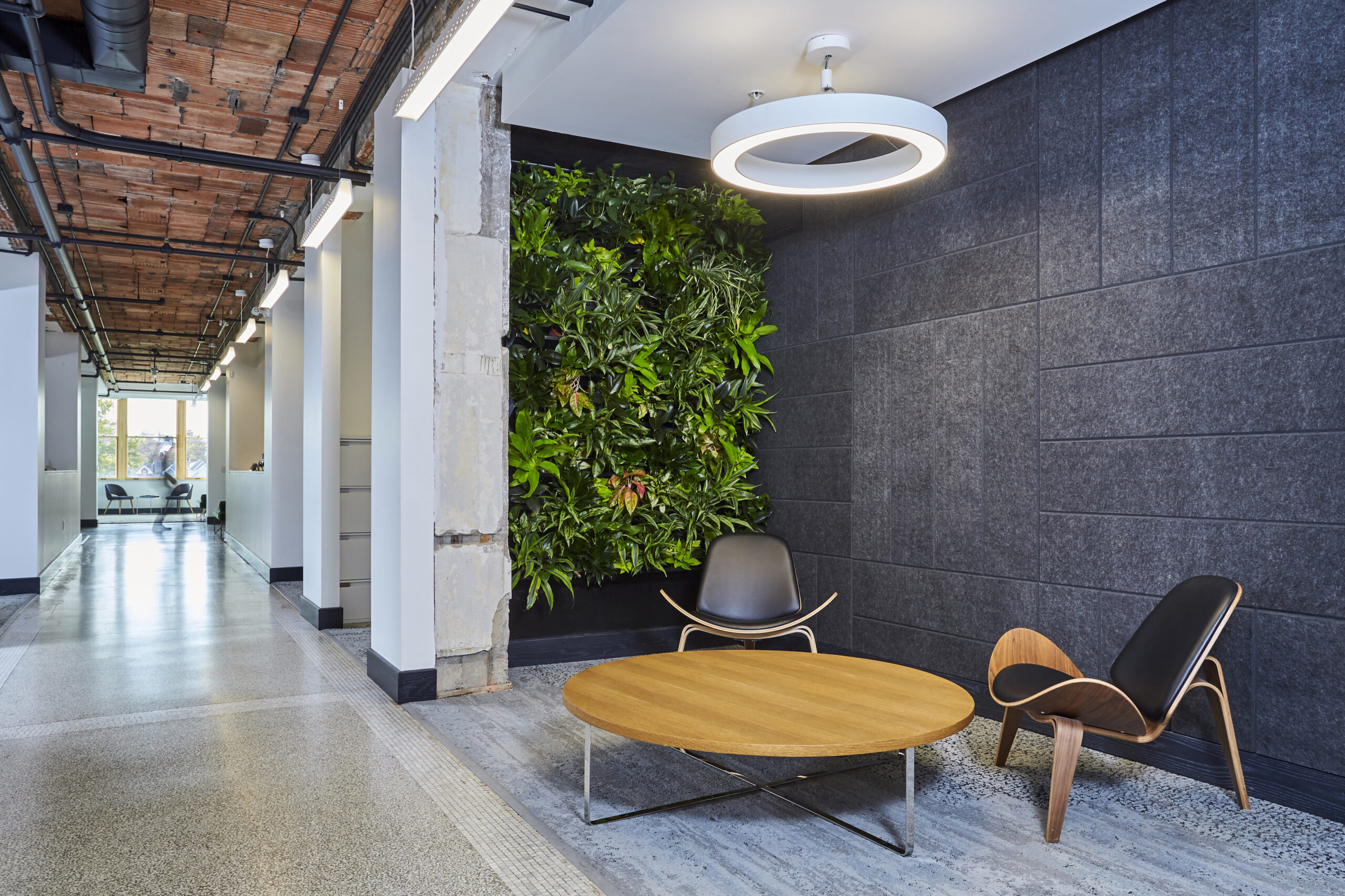Work on the Westinghouse HQ retrofit had a meaningful and sustainable impact within the community before it ever began. The commitment of the project team to embed sustainable design goals into Westinghouse HQ’s transformation was a powerful reflection of mcCallumSather’s fundamental values and strengths.
For 25 years, mcCallumSather’s team has been focused on the design of a more resilient world through the advancement of sustainable design intelligence. Therefore, as tenants of the project, the design team foresaw the unique opportunity to measure the outcomes of retrofit design decisions, using this case study with clients to illustrate why sustainable retrofits are not only preferable, but clearly demonstrates both qualitative and quantitative ROI.
Watch Joanne McCallum and Christina Karney present on the topic at the 2020 CaGBC Building Lasting Change, or continue reading to learn more about our process.
This video is the property of and is being displayed with the permission of the Canada Green Building Council. All rights reserved. Any other use, presentation, display or copying of this video by any other party requires the express prior written permission of the Canada Green Building Council [www.cagbc.org].”
Read more about mcCallumSather’s Workplace







